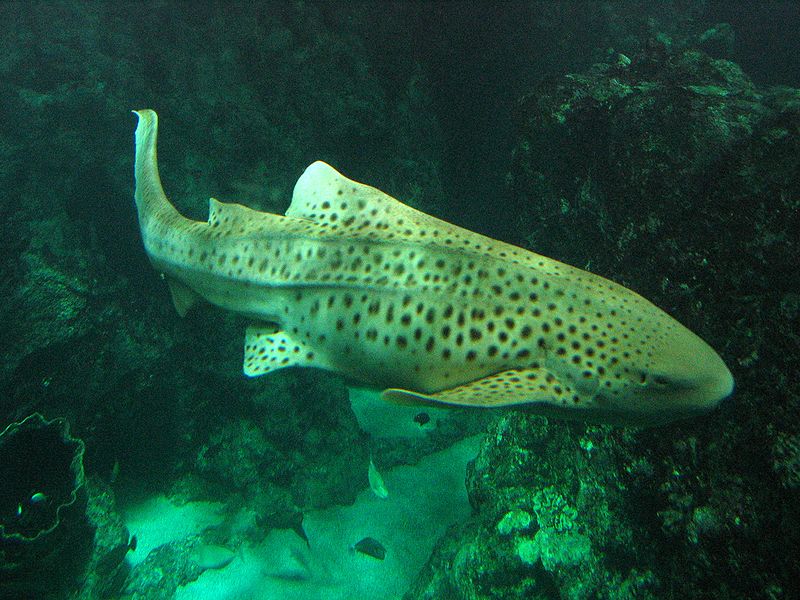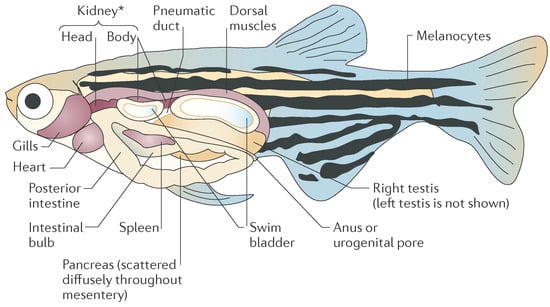

The Recovery Implementation Strategy is intended to assist NOAA Fisheries and other stakeholders in planning and implementing activities to carry out the recovery actions in the recovery plan. The Draft Recovery Implementation Strategy is a flexible, operational document that steps-down the recovery actions into more specifically defined activities that implement and support the recovery actions. It contains the elements required to be in a recovery plan under the Endangered Species Act: (1) objective, measurable recovery criteria (2) site-specific management actions necessary to conserve the species and (3) estimates of the time and costs required to achieve the plan’s goals.

The Draft Recovery Plan provides the foundation and overall road map for achieving the recovery goal. The Draft Recovery Plan follows the 3-part framework approach to recovery planning, in which recovery planning components are divided into three separate documents. We are soliciting review and comment from the public and all interested parties on the Draft Recovery Plan, and will consider all substantive comments accepted through Ma, before submitting the Recovery Plan for final approval. Recovery Planning Workshop Summary - Miami, Florida (PDF, 21 pages)īased on input provided at the recovery planning workshops and available data and scientific literature, we developed a Draft Recovery Plan in January 2023 (88 FR 4817).Recovery Planning Workshop Agenda - Miami, Florida (PDF, 3 pages).Recovery Planning Workshop Summary - Honolulu, Hawaiߵi (PDF, 18 pages).Recovery Planning Workshop Agenda - Honolulu, Hawaiߵi (PDF, 3 page).Participants included federal and state agencies, scientific experts, commercial fishermen, conservation partners, and non-governmental organizations.
Zebra shark diagram how to#
The purpose of these workshops was to gather information, facts, and perspectives on how to recover the oceanic whitetip shark, including identifying potential recovery criteria and actions to address the threats to the oceanic whitetip shark. We held two recovery planning workshops for the oceanic whitetip shark-one on April 23-24, 2019 in Honolulu, Hawaiߵi, and another on November 13 in Miami, Florida. The recovery outline presents a preliminary strategy for recovery of the species and recommends high priority actions to stabilize and recover the species.
Zebra shark diagram full#
NOAA Fisheries has developed a recovery outline to serve as an interim guidance document to direct recovery efforts, including recovery planning, for the oceanic whitetip shark until a full recovery plan is developed and approved. As well as its liver for vitamins, shark fin soup is made from its fins.Under the ESA, NOAA Fisheries is required to develop and implement recovery plans for the conservation and survival of listed species. Many inshore fisheries take the zebra shark for its meat, which may be sold fresh or salt-dried in Indonesia, Thailand, Malaysia, Philippines, and other countries. Their ability to wriggle into narrow crevices and caves allows them to find food here, such as small fish, snails, sea urchins, crabs and other small invertebrates. As the zebra shark ages, it sheds its black-and-white stripes for small black dots on a tan body, closely resembling the leopard. A large shark that undergoes a radical transformation in coloration with age, this animal lives in shallow coral reef habitats in warm tropical waters.

Kathlyn and Charlie (a male zebra shark that had been released earlier that day) were a beacon of hope for scientists from aquariums around the world that were working together to rebuild the wild population of zebra sharks that have been wiped out from overfishing and shark finning. Kathlyn wriggled out of Nesha’s hands into the waters of Indonesia’s Wayag Islands, the first time she would swim out in the open ocean.


 0 kommentar(er)
0 kommentar(er)
